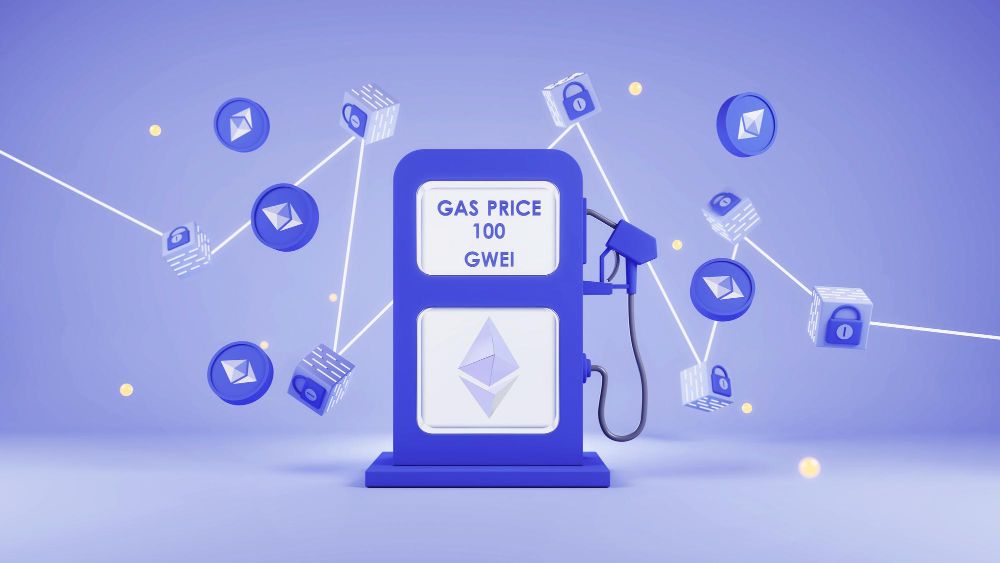What Happens When Gas Fees Are Too High?
If you’ve ever tried to make a blockchain transaction and been shocked by the gas fee, you’re not alone. Gas fees are a necessary part of using most blockchain networks—especially Ethereum—but when they spike too high, they can cause serious problems for users, developers, and platforms alike.
Let’s break down what happens when gas fees get too high and why it matters.
1. Users Postpone or Cancel Transactions
When gas fees rise, users often decide not to go through with their transactions. Whether it’s a simple token transfer, an NFT purchase, or using a DeFi platform, the added cost can outweigh the value of the transaction itself. Imagine paying $50 in fees just to move $20 in tokens—it’s not worth it.
2. DApps Lose Active Users
Many decentralized applications (dApps), especially in DeFi and NFTs, rely on frequent transactions. When the cost to interact with these platforms spikes, user engagement drops. This means fewer people are trading, staking, or minting new NFTs because the fees eat into their profits.
3. Network Congestion Gets Worse
High gas fees are often the result of congestion—too many people trying to use the network at once. Ironically, this congestion only worsens when people try to speed up their transactions by paying even more in gas. It becomes a bidding war, making fees even higher for everyone.
4. Developers and Projects Look for Alternatives
Many blockchain projects initially launch on Ethereum, but high gas fees have pushed developers to explore alternatives like Polygon, Solana, Avalanche, or BNB Chain. These networks offer cheaper and faster transactions, attracting both users and developers who are priced out of Ethereum.
5. Users Shift to Layer 2 Solutions
To escape high mainnet gas fees, more users are turning to Layer 2 solutions like Arbitrum, Optimism, or zkSync. These offer the same functionality as Ethereum but with dramatically lower fees and faster confirmation times, making them a go-to for those who still want to use Ethereum dApps without paying a fortune.
6. Long-Term Adoption Is Affected
If high gas fees persist, they can turn away everyday users who are simply curious about crypto. This can slow mainstream adoption. After all, one of blockchain’s promises is to make finance more open and accessible—but not if every click costs a few bucks.
Final Thoughts
High gas fees are more than just an annoyance—they’re a roadblock. They make using blockchain more expensive, less accessible, and slower to grow. The good news? Developers are actively working on solutions, from Ethereum upgrades to new Layer 2 networks, to keep things moving forward.
Until then, it’s smart to monitor network activity, choose your transaction times wisely, and explore lower-cost chains when possible.

